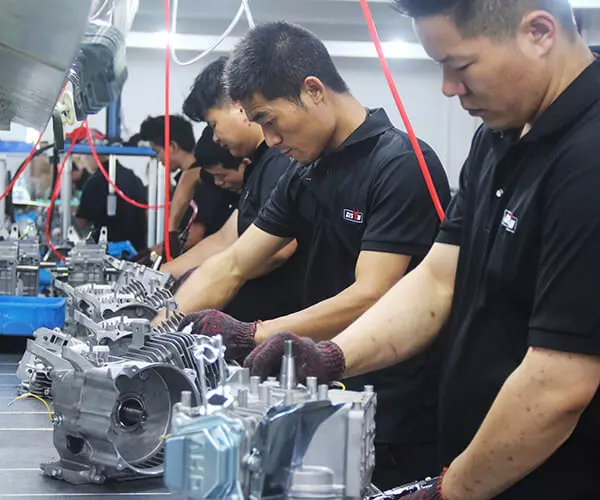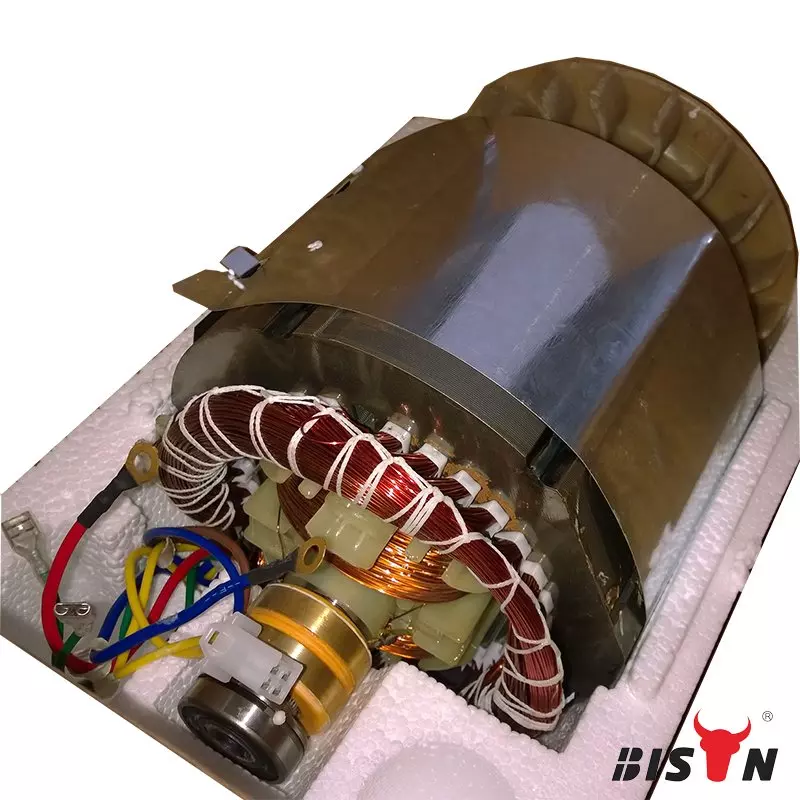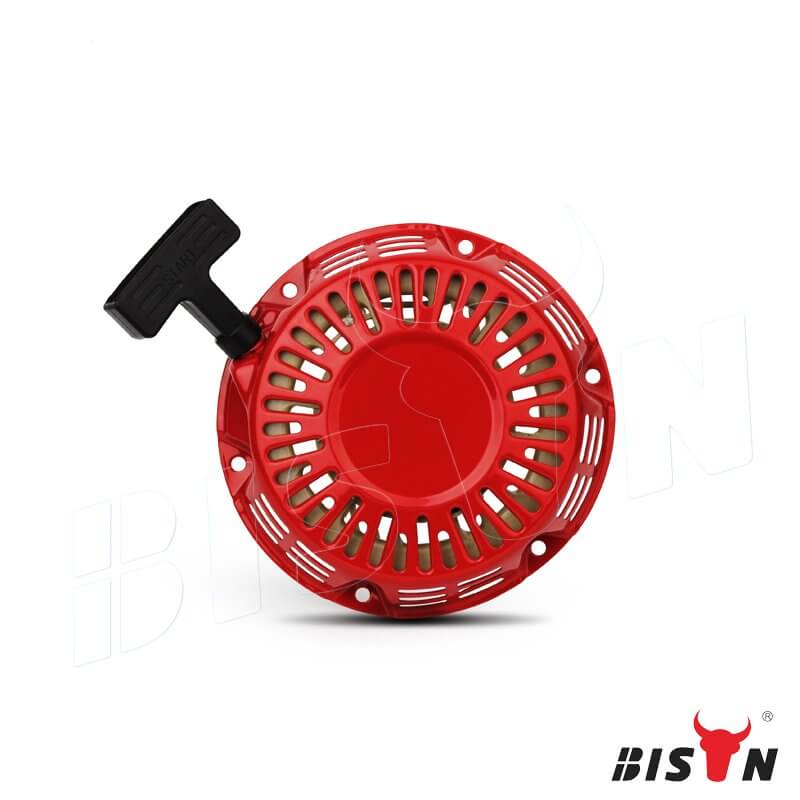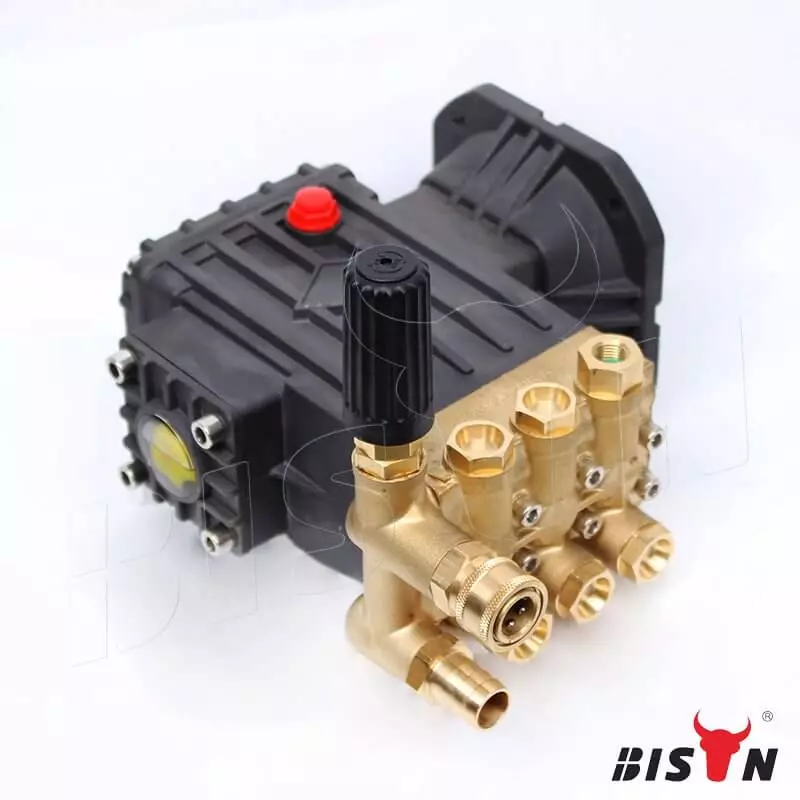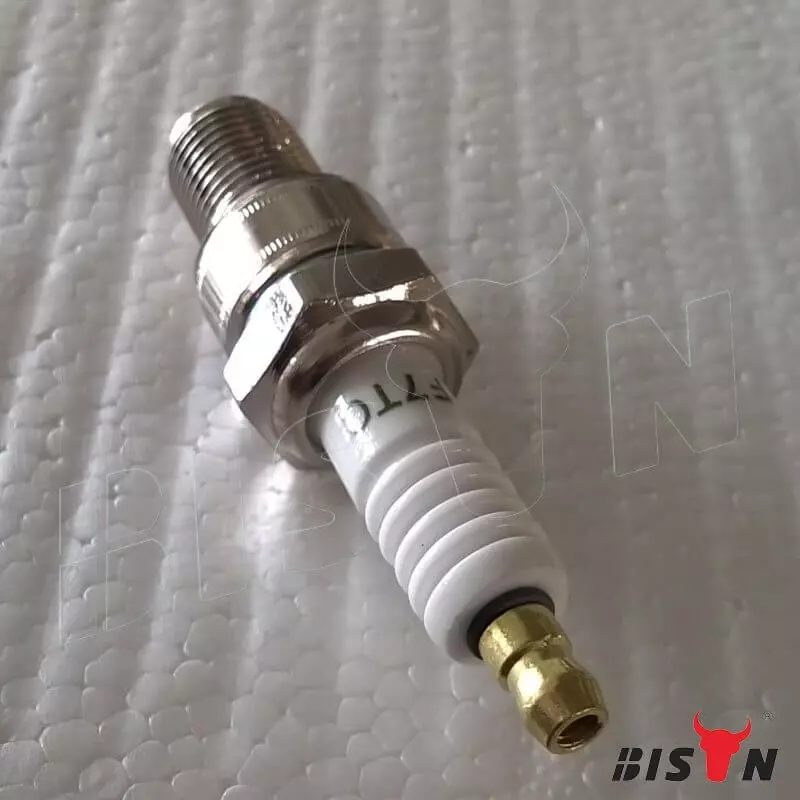

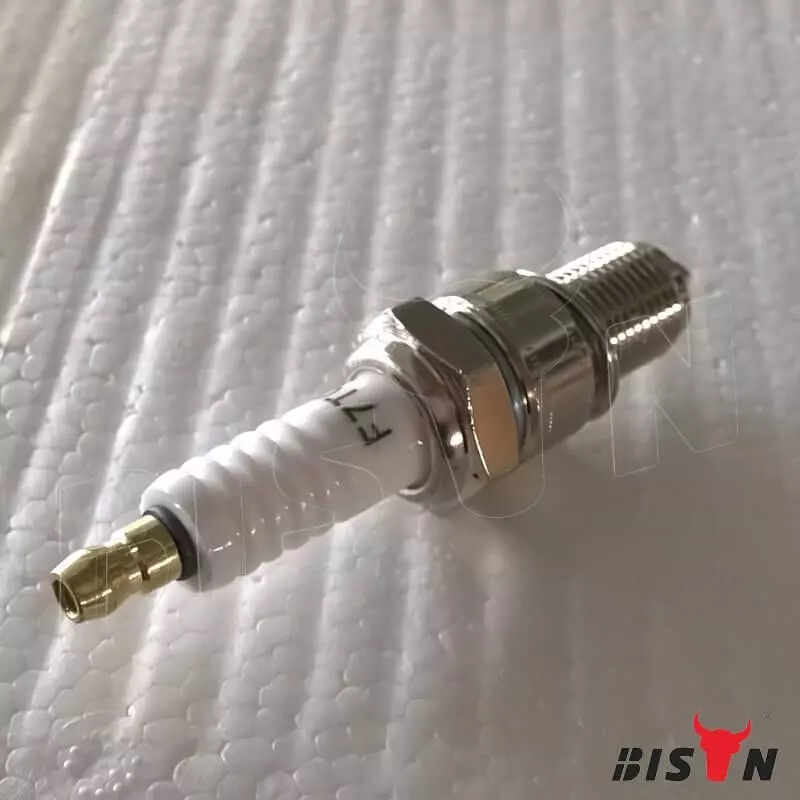
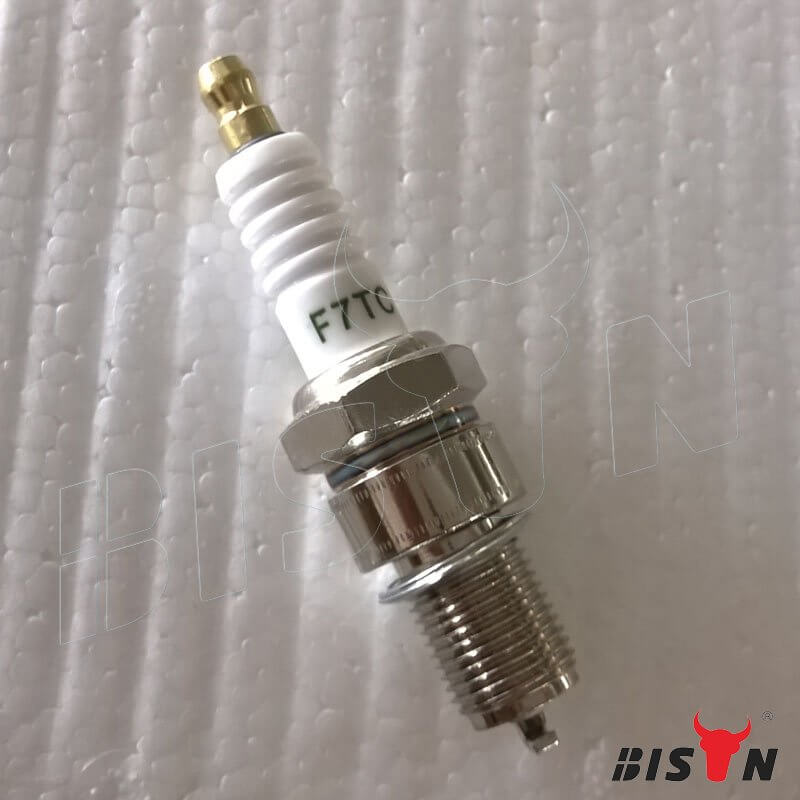
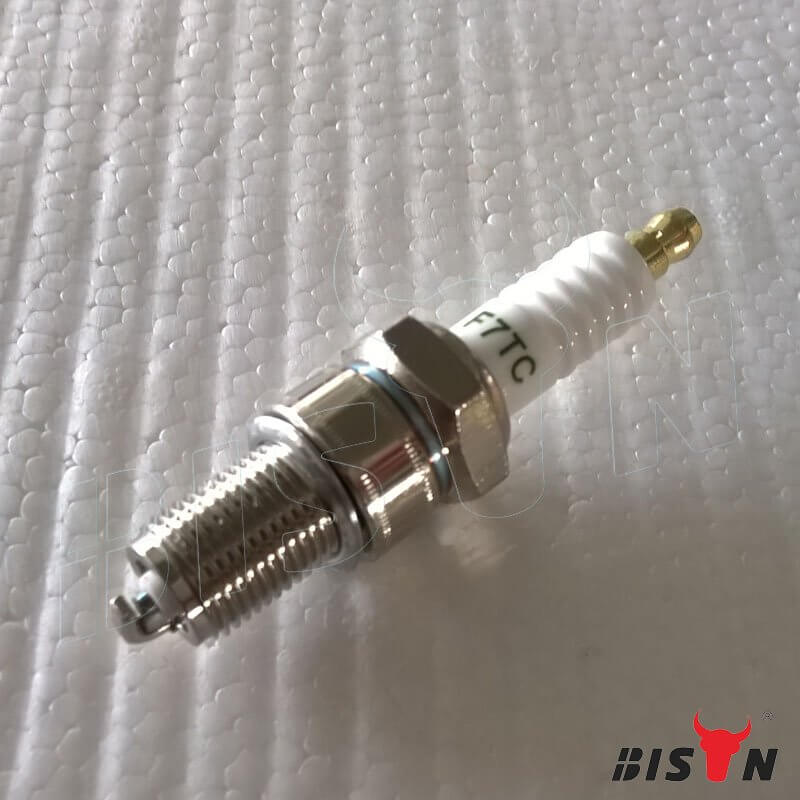

spark plug details
A spark plug is a device used to transfer electricity from the ignition system to the combustion chamber of the engine and ignite the compressed fuel/air mixture. The spark plug has a metal threaded shell and is electrically isolated from the centre electrode by a ceramic insulator. The centre electrode, which may contain a resistor, is connected to the output terminal of the ignition coil or magneto by a highly insulated wire. The metal shell of the spark plug is screwed into the cylinder head of the engine, so it is electrically grounded. The centre electrode protrudes into the combustion chamber through a porcelain insulator, at the inner end of the centre electrode and usually, one or more are connected to the inner end of the threaded shell and designated side, ground, or ground electrodes.
The role of the spark plug is to generate a spark at a specified time to ignite the combustible mixture. The plug is connected to the high voltage generated by the ignition coil or magneto. When current flows from the coil, a voltage is generated between the centre electrode and the side electrodes. Initially, no current can flow because the fuel and air in the gap are insulators, but as the voltage rises further, it begins to change the gas structure between the electrodes. Once the voltage exceeds the dielectric strength of the gas, the gas is ionized. The ionized gas becomes a conductor and allows current to flow through the gap. The intense heat in the spark channel causes the ionized gas to expand very rapidly, like a small explosion.
spark plug Faq
What does a spark plug do?
Your spark plugs are what supply the spark that ignites the air/fuel mixture, creating the explosion which makes your engine produce power. These small but simple plugs create an arc of electricity across two leads which are not touching, but close enough together that electricity can jump the gap between them.
What kind of spark plug does a generator take?
Based on our experience, the vast majority of portable generators need a spark plug with a gap size of 0.028″ – 0.031″ (0.7 mm – 0.8 mm)
